Ultimate Guide to Mould in Your Home
Mould is a serious issue. Unfortunately, some may not have received the right information regarding the dangers of mould, simple preventative measures, its causes, and ways to remove it.
In this blog, we aim to provide the ultimate guide to mould in your home
With new buildings being made to be as energy efficient as possible, and the UK aiming for 95% of its electricity usage to be low carbon by 2030, it is imperative to understand how we can make the most of our ventilation. This is where applications such as extractor fans and heat recovery ventilation units come in.
To prevent mould, fresh air should constantly be introduced into your dwelling daily, as it helps to regulate temperature and reduce condensation. Introducing fresh air can be as simple as having a ventilation routine, or installing extractors or MVHR units. Almost all of this is facilitated by ducting.
Is mould bad for your health?
Yes. Mould can affect your health, but it is dependent on your level of sensitivity due to a mould allergy. Depending on the severity of your allergy, mould can take days or even months until you begin to feel the effects of it.
You should not be amongst mould, and aim to get rid of it immediately, as it can be known to affect people’s health or intensify health conditions if you have a mould allergy.
Here are some signs that mould could be impacting you. It is more relevant if you didn’t have any of these issue until you had extended periods amongst mould.
How can mould be formed in a home?
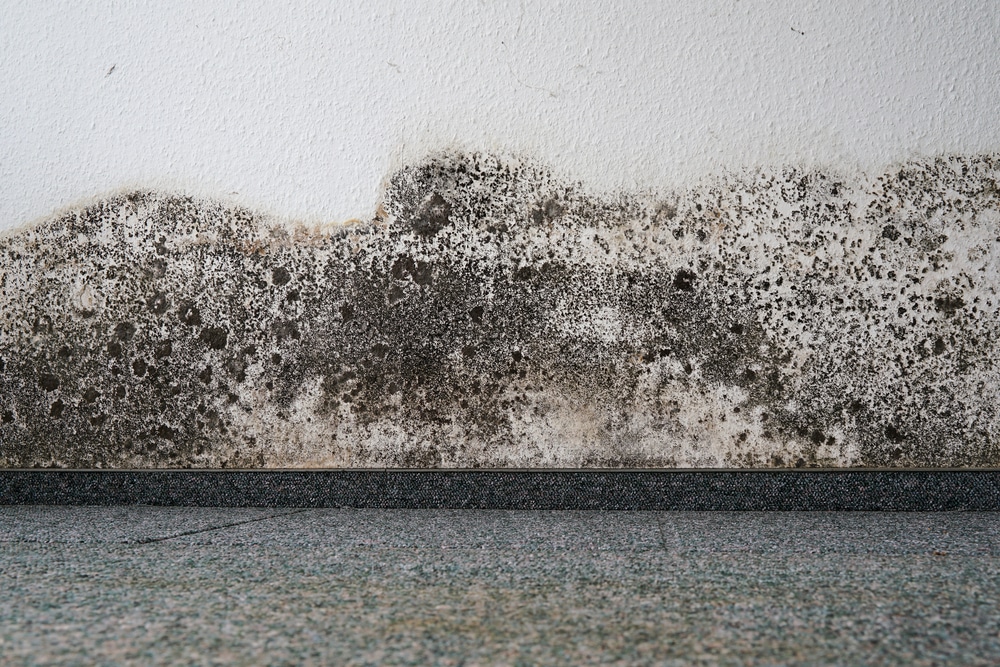
There are many causes that can contribute to the formation of mould in a home. Mould thrives in damp and dark environments, so anything that introduces moisture and darkness into your home can potentially lead to mould growth.
Here are some common ways mould spores, which are always present in the air, can find a foothold and start multiplying in your home:
- High Humidity: This is a major culprit. Daily activities like showering, cooking, and even breathing add moisture to the air. Poor ventilation traps this moisture, creating a breeding ground for mould.
- Leaks and Plumbing Issues: Leaking pipes, faulty roofs, or condensation around windows can introduce significant amounts of moisture that mould can easily utilize.
- Flooding: Even if a flood is addressed quickly, leftover moisture trapped in carpets, drywall, or insulation can lead to mould growth if not properly dried and addressed.
- Poor Ventilation: Homes with inadequate ventilation, especially in bathrooms and kitchens where moisture is abundant, allow moisture to linger and create ideal conditions for mould growth.
- Drying Clothes Indoors: While convenient, drying laundry indoors releases moisture into the air that can contribute to mould growth, particularly if there’s poor ventilation.
- Improper Storage: Storing damp items like firewood, boxes, or furniture close to walls or in poorly ventilated areas can create a microclimate suitable for mould growth.
- Lack of Sunlight: Mould spores prefer darkness. Areas that don’t receive enough sunlight, like basements or attics, are more susceptible to mould growth.
- Cold Surfaces: Warm, moist air condenses on cold surfaces like basement walls or pipes, creating a damp environment for mould to thrive.
Are mould and damp the same thing?
No, mould and damp are not the same thing, although they are closely related. But what exactly does that mean? Below we will address the definition, visible signs, and health effects of each, along with what makes them related.
Damp:
- Definition: Damp refers to the presence of excess moisture in a building or home. This moisture can come from various sources, as mentioned previously (leaks, condensation, poor ventilation).
- Visible Signs: Dampness can manifest in a few ways: visible water stains, musty odours, peeling wallpaper or paint, and feeling cold or clammy to the touch on walls or floors.
- Health Effects: While not directly harmful itself, dampness can create an environment conducive to mould growth, which can trigger allergies, respiratory problems, and other health issues.
Mould:
- Definition: Mould is a type of fungus that grows in damp and dark environments. It consists of tiny spores that are always present in the air and readily settle on damp surfaces.
- Visible Signs: Mould appears as fuzzy or slimy patches on walls, ceilings, furniture, or other surfaces. The colour can vary from black, green, brown, or white.
- Health Effects: Mould exposure can cause various health problems, including allergic reactions, respiratory problems, and skin irritation. In severe cases, it can even lead to lung infections.
What is the connection between mould and damp?
Dampness is a precursor to mould growth. Dampness paves the way for mould growth. Mould spores need a moist environment to germinate and multiply. So, damp areas in your home are at high risk of developing mould problems if left unaddressed.
However, not all damp areas will necessarily have mould growth. Factors like ventilation and the duration of dampness also play a role.
How to get rid of mould
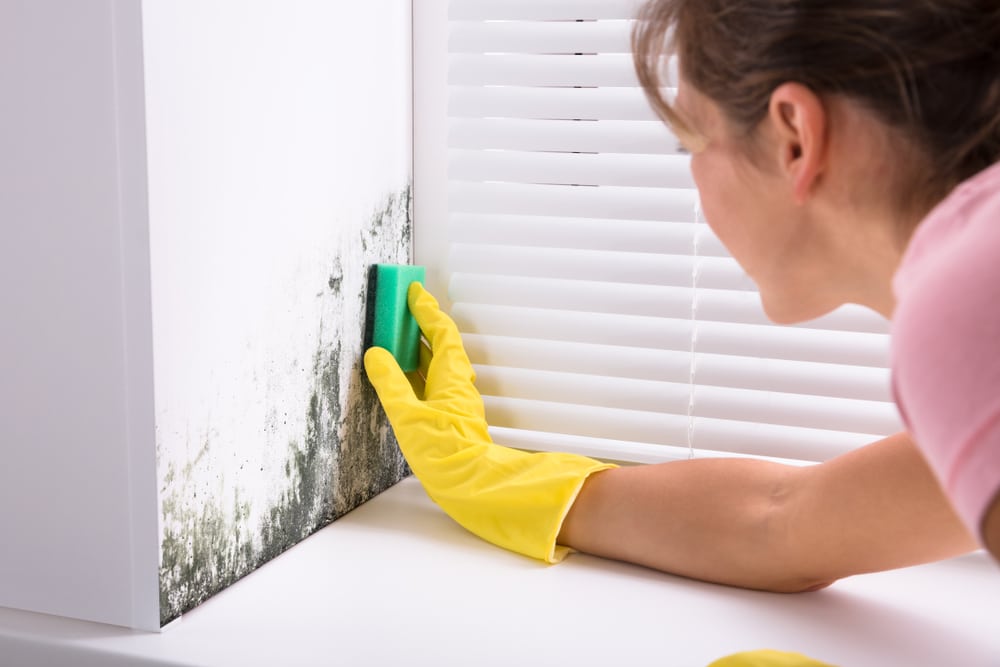
Mould growth thrives in damp environments. Here’s a three-pronged approach to eliminate mould and prevent its return:
- Attack the Mould: Start by removing existing mould. Mould surface cleansers can effectively tackle surface mould. Consider following this up with an anti-mould paint or emulsion. This creates a double layer of defence:killing existing mould and providing a protective barrier to prevent future growth (assuming the root cause of the dampness is addressed).
- Eliminate the Source: Simply removing mould is a temporary solution if the underlying cause of dampness persists. Common culprits include leaky pipes. Left unchecked, leaks can lead to puddles and seep into walls, creating a breeding ground for mould to return. Addressing the source, like repairing leaky pipes, is crucial for long-term success.
- Preventative Measures: Once you’ve tackled existing mould and its source, focus on prevention. Here are some simple yet effective techniques to keep mould at bay:
- Ventilation is Key: Establish a regular ventilation routine. Open windows frequently to replace humid indoor air with fresh, drier outdoor air.
- Reduce Moisture Sources: Here are some daily habits that can significantly reduce moisture levels:
- Open windows and use extractor fans when cooking or showering.
- Wipe away condensation from surfaces promptly.
- Avoid keeping room doors closed for extended periods.
- Develop a habit of opening windows briefly upon waking up and before going to sleep.
- Invest in Long-Term Solutions: Consider installing a Mechanical Ventilation Heat Recovery (MVHR) system. This system efficiently removes humid air from your home and replaces it with fresh outdoor air, all while conserving heat. Combining an MVHR system with the other preventative measures mentioned above provides a robust defence against mould growth.*
*For complex cases, consider consulting a mould removal expert. They can pinpoint the exact source of the problem and recommend the best course of action, including professional removal services.
Stay protected from mould
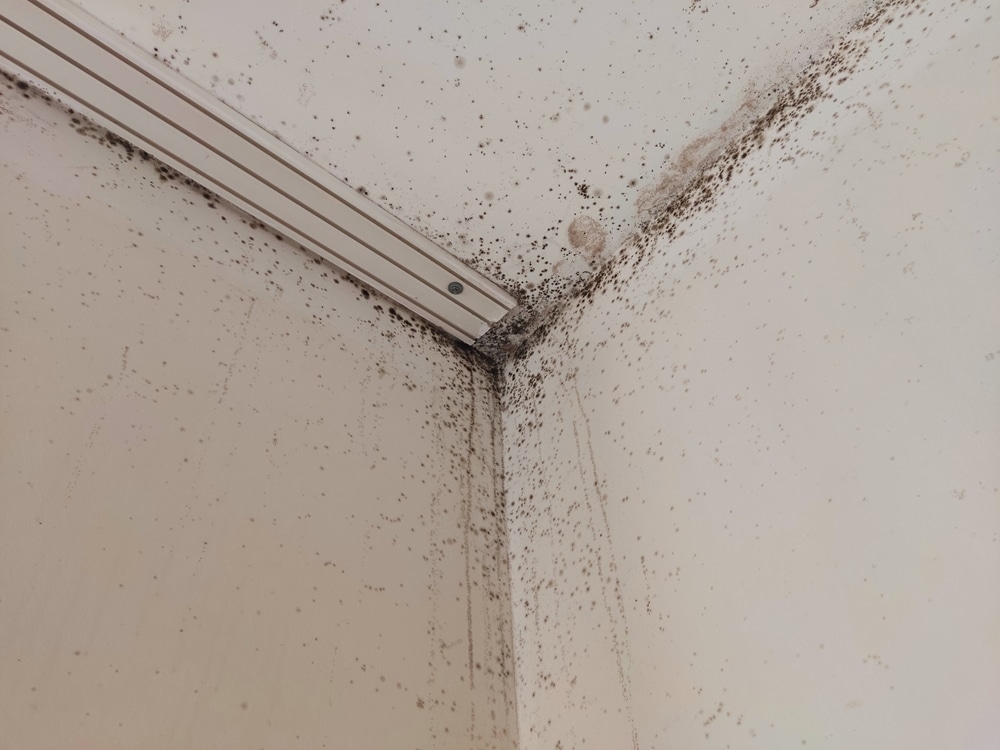
At I-Sells, all things ventilation and ducting related is our speciality, we are here to answer the questions we know are common for those new to HVAC and what it encompasses.
We at I-Sells endeavour to ensure our customers have all the information they require before investing in our mould solutions. Be sure to visit our blog page to learn about the vast array of factors and issues surrounding ventilation, mould, condensation, and much more.
Within this blog, we hope to have presented the ultimate guide to mould in your home.
We understand you may have more questions, do not hesitate to contact us for more information about whatever you need our help with. If you’d like to email us, click here. For other contact options, see below:
Call us on 020 8463 9696
Visit us at our showroom:
*OPENING TIMES*
Monday – Friday: 8:00 am to 5:30 pm
Saturday: 9:00 am to 12:00 pm
Sunday: Closed
15 St John’s Parade
Sidcup, Kent
DA14 6ES
United Kingdom

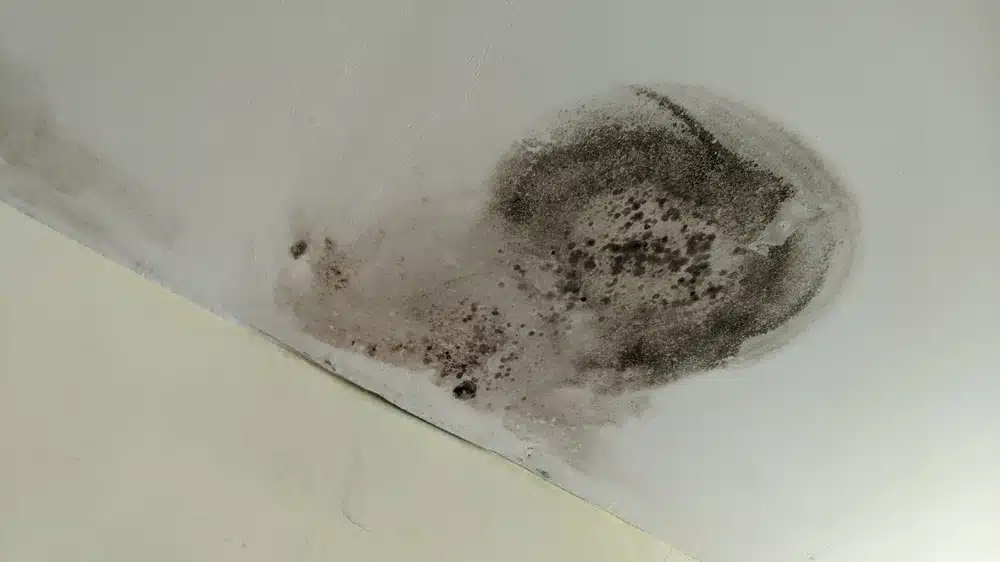




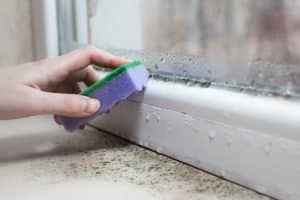






















Add comment
You must be logged in to post a comment.